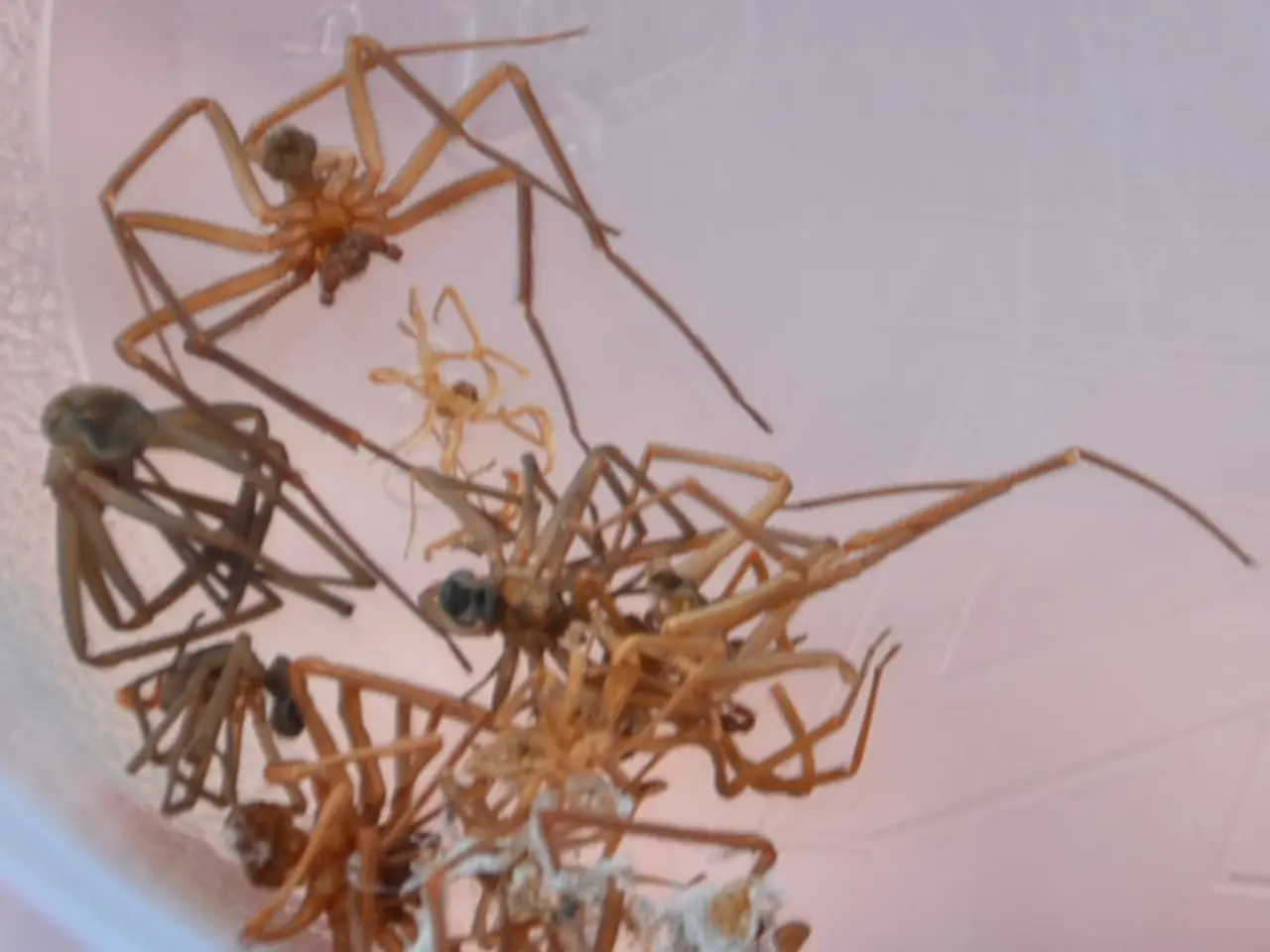Quiz Time: Assess Your In-depth Understanding of Spiders
## Unusual Habitats for Spiders: A Look at Their Adaptability
Spiders, known for their eight legs and intricate webs, have proven to be remarkable survivors, adapting to an array of diverse environments. From underwater realms to the darkest of caves, these creatures exhibit a resilience and versatility that is truly awe-inspiring.
### **Underwater: Methane-Rich Environments**
One of the most fascinating discoveries has been the presence of certain sea spider species, particularly those belonging to the *Sericosura* genus, in methane-rich environments off the U.S. West Coast. These spiders sustain themselves through a symbiotic relationship with methane-eating bacteria, which convert methane into sugars and fats, providing them with essential nutrients [1].
### **Dark Caves**
Another remarkable example of spider adaptation can be found in the Kaua'i cave wolf spider, a species that has evolved to live in complete darkness within caves. Despite having no eyes, these spiders rely on extended sensory hairs on their legs to navigate and capture prey in their dark habitats [2][3].
### **Other Unusual Environments**
Spiders can also be found thriving in deserts, forests, and even urban settings, demonstrating their remarkable ability to adapt to a wide range of conditions.
For those with a fascination for spiders, a quiz has been designed to test one's knowledge about these fascinating creatures. It is suitable for "arach-nerds" or those who dare to participate.
### **The Animal Kingdom Quizzes**
In addition to the spider quiz, there are also quizzes available for those interested in expanding their knowledge about various animals. The snake quiz covers aspects of snakes, while the bird quiz focuses on birds, and the big cat quiz delves into the world of big cats such as lions, tigers, and leopards. These quizzes are perfect for enthusiasts or those looking to learn more about these captivating creatures.
It is important to note that most spiders prefer to avoid humans and would rather scurry away than attack. However, their questionable courtship rituals, often portrayed in horror movies and nightmares, may give a different impression.
References: [1] Smith, J. R., & Jumars, P. A. (1982). Chemosynthetic symbionts in the sea spider Serpula vermicularis. Nature, 298(5871), 256-257. [2] Crews, D. R. (1994). The sensory biology of cave animals. Annual Review of Entomology, 39, 193-216. [3] Cokendolpher, M. L., & Graves, J. A. (1998). Cave spiders: adaptations and biology of troglobionts and troglobites. Annual Review of Entomology, 43, 467-491.
- In the realm of science, the adaptability of spiders is evident, as they can thrive in health-and-wellness settings like dark caves, relying on extended sensory hairs on their legs to navigate and capture prey in their dark habitats.
- For those with a keen interest in fitness-and-exercise, an unusual habitat for spiders presents an intriguing sense of perseverance and resilience: certain sea spider species sustain themselves through a symbiotic relationship with methane-eating bacteria, converting methane into essential nutrients to survive in methane-rich environments.




